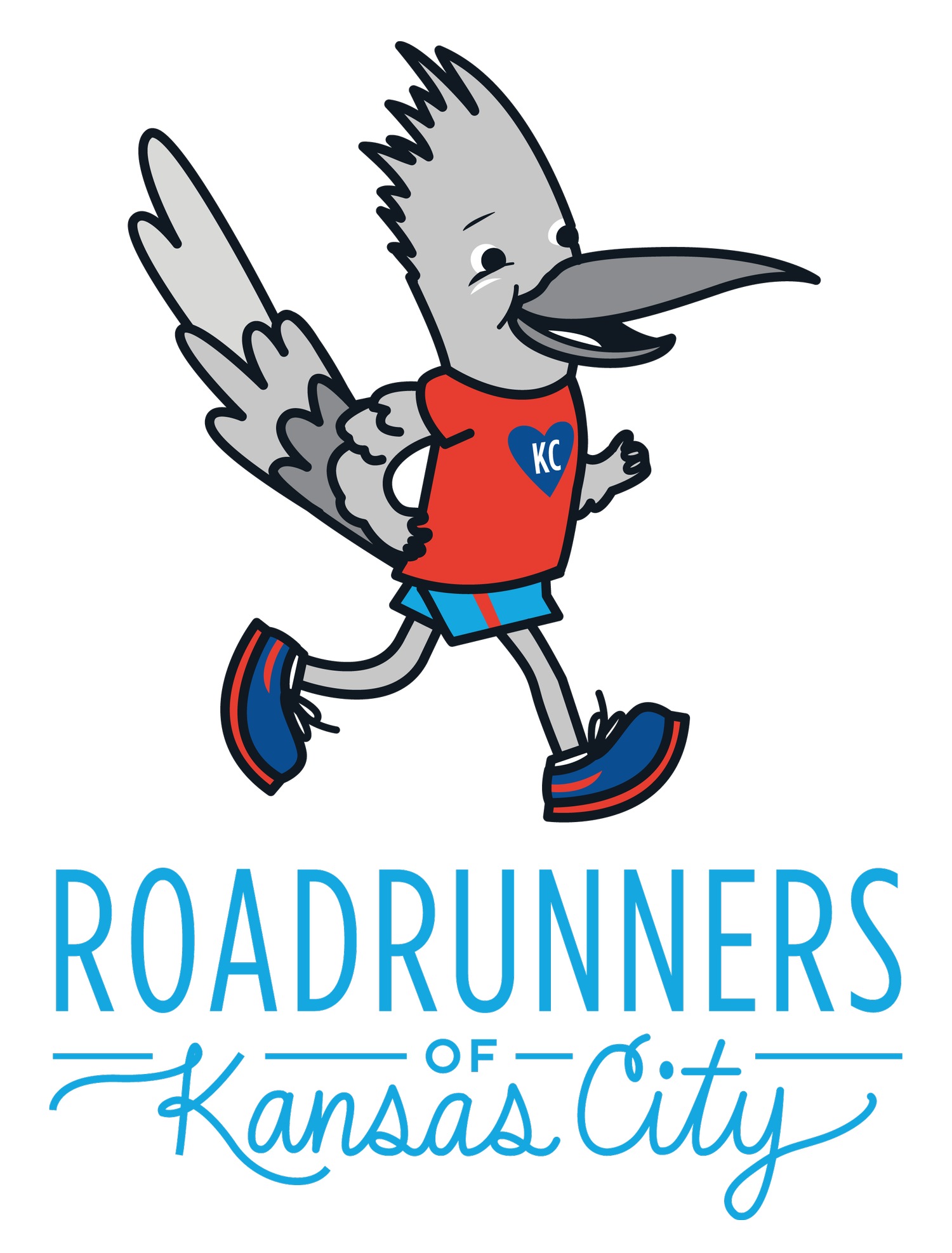Indoor Running Options for Inclement Weather
/Park University Underground Parking Garage
What is a runner to do with a long run on the schedule if the course conditions are icy or the effective temperature is below zero degrees (considering windchill)?
Running on ice is dangerous. But running for longer than 30 minutes when it feels like the temperature is below zero, while possible, has less obvious risks such as irritation of the airways, frostbite to exposed skin, and hypothermia, not to mention impacts on performance.
When weather conditions or other factors make it unsafe to run outside, it's best to modify your training plan and run indoors, incorporating a variety of surfaces, such as a treadmill, elliptical, or indoor track. Be careful not to overdo it with these alternatives to avoid injury. Get back outside as soon as possible to maintain your adaptation to running on the road. Read on for details on how to approach each option.
Modify your long-run training plan temporarily.
When the weather prevents us from training as planned, I modify my athletes' training plans to incorporate a variety of surfaces and sometimes break out a long run over two days instead of one. For instance, instead of running 20 miles, we might run two back-to-back days of 10 miles each or two back-to-back days of running 1:30 to 2 hours. The adjustments depend on the athlete's goals and where they are in the training cycle. Effective training plans incorporate flexibility to adjust for interruptions like weather. Consider breaking up your long run as well.
Try underground cave running.
Check out your local community centers and fitness centers. Many of them offer day passes for a reasonable rate. Park University has an underground parking lot with a .75-mile loop open to runners for free. It's a hike from the KC area, but if you've got a long run on the schedule, it is worth it!
Buy a temporary day pass at a local fitness or community center.
Most gyms and community centers offer temporary day passes for a reasonable price. Try one close to home or your workplace and visit their website or call before you go for the details. Pick a location that provides various indoor running options, including treadmills, an indoor track, and elliptical/arc trainers.
Log a few miles on the treadmill.
The treadmill is the obvious choice for indoor running, but that comes with some risks. Check out my article to learn how to run on a treadmill safely. If you are already used to running on a treadmill, you can get some miles in, but if you plan to increase your distance, avoid exceeding more than 10% of your usual treadmill distance. And if you don't usually run on a treadmill, keep the distance to 3-4 miles. Refrain from making running on a treadmill a habit if your race is on the road.
Spend some time on the elliptical/arc trainer.
While the arc trainer is not exactly like running, it is a valuable tool for athletes returning to running after an injury as it is easier on the joints and simulates running; it is also effective in cardiovascular training. Just like the treadmill, if you are not a regular user or this is your first time, limit your workout on it to 30 min.
Take some laps on the indoor track.
Some fitness centers have indoor tracks with ten laps to a mile. These tracks have tight turns with a significant cant, and runners must run in one direction. These factors can cause strain on the hips and knees as you take these corners repeatedly. Avoid running over 30 minutes or 3 miles on these small tracks.
If you are looking for an indoor track in the KC area that is less stressful on the body, then you should visit the Lenexa Community Center. Their track has only six laps to a mile and has no cant. It also features a section with a 5% grade, which causes less stress on the body. So, you can safely log a few more miles on this one!
Combine treadmill, arc trainer, and indoor track for a complete workout.
I suggest combining the arc trainer, indoor track, and treadmill for a 90-minute workout. If your body responds favorably to this, you can repeat the cycle if it meets your training plan requirements regarding time/distance.
Avoid injury
If you are not used to running on these alternative devices/surfaces, limit the time spent on each until you assess how your body responds to them. You don't want to become injured!
Get back outside as soon as possible.
Thankfully, in KC, arctic spells don't last too long. Get those outdoor runs in on the good days when there is no ice and the effective temperature is at least zero degrees or higher. Need tips on running in the cold? Check out my blog post: How to Dress for Cold Weather Running.
By being flexible with your training plan and incorporating different indoor running options, you can stay healthy and injury-free, ready to hit the road when the weather improves.
Need a running coach? Amy has a few spots left on her roster!


